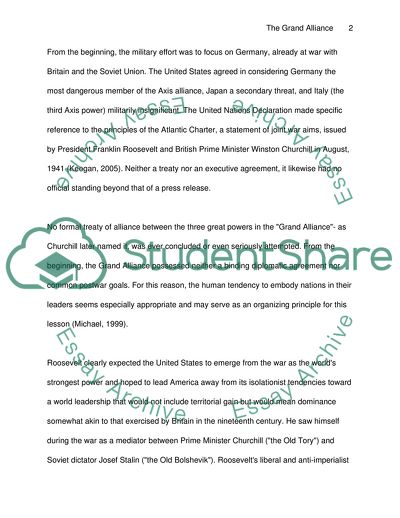Cite this document
(The Grand Alliance: A Marriage of Convenience Case Study, n.d.)
The Grand Alliance: A Marriage of Convenience Case Study. Retrieved from https://studentshare.org/history/1711105-to-what-extent-can-the-grand-alliance-of-the-usa-soviet-union-and-great-britain-be-regarded-as-a-marriage-of-conveniance
The Grand Alliance: A Marriage of Convenience Case Study. Retrieved from https://studentshare.org/history/1711105-to-what-extent-can-the-grand-alliance-of-the-usa-soviet-union-and-great-britain-be-regarded-as-a-marriage-of-conveniance
(The Grand Alliance: A Marriage of Convenience Case Study)
The Grand Alliance: A Marriage of Convenience Case Study. https://studentshare.org/history/1711105-to-what-extent-can-the-grand-alliance-of-the-usa-soviet-union-and-great-britain-be-regarded-as-a-marriage-of-conveniance.
The Grand Alliance: A Marriage of Convenience Case Study. https://studentshare.org/history/1711105-to-what-extent-can-the-grand-alliance-of-the-usa-soviet-union-and-great-britain-be-regarded-as-a-marriage-of-conveniance.
“The Grand Alliance: A Marriage of Convenience Case Study”. https://studentshare.org/history/1711105-to-what-extent-can-the-grand-alliance-of-the-usa-soviet-union-and-great-britain-be-regarded-as-a-marriage-of-conveniance.


